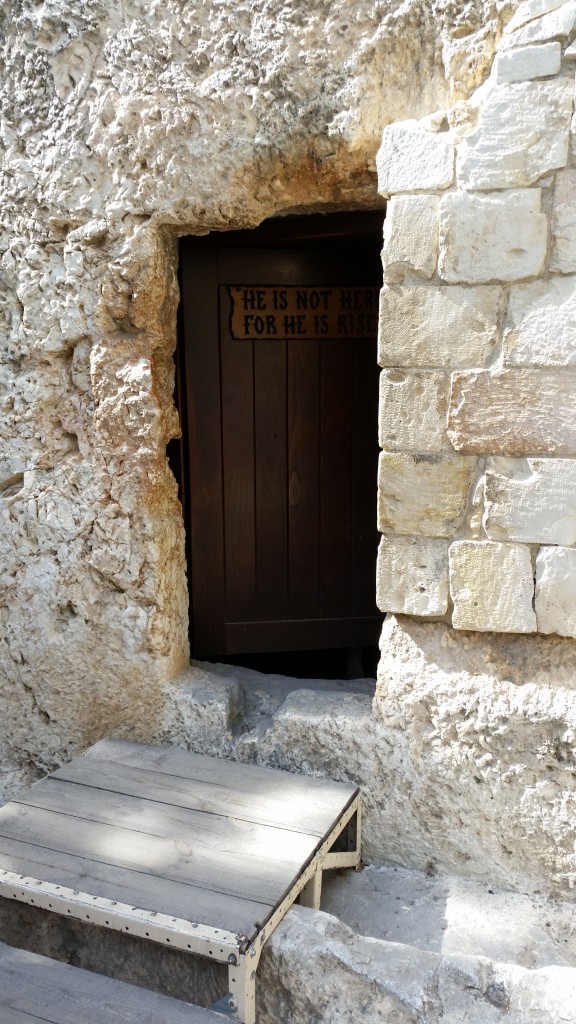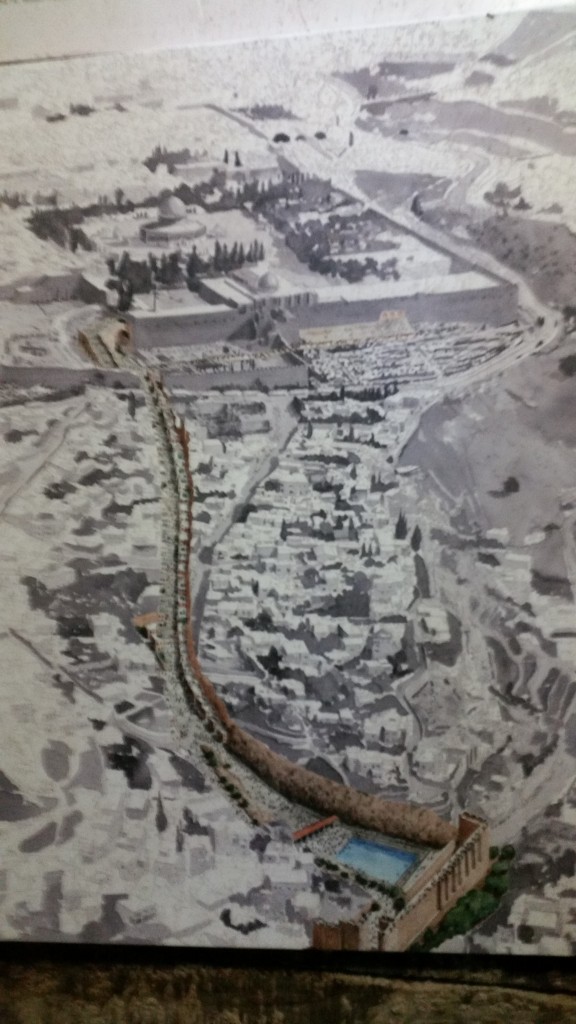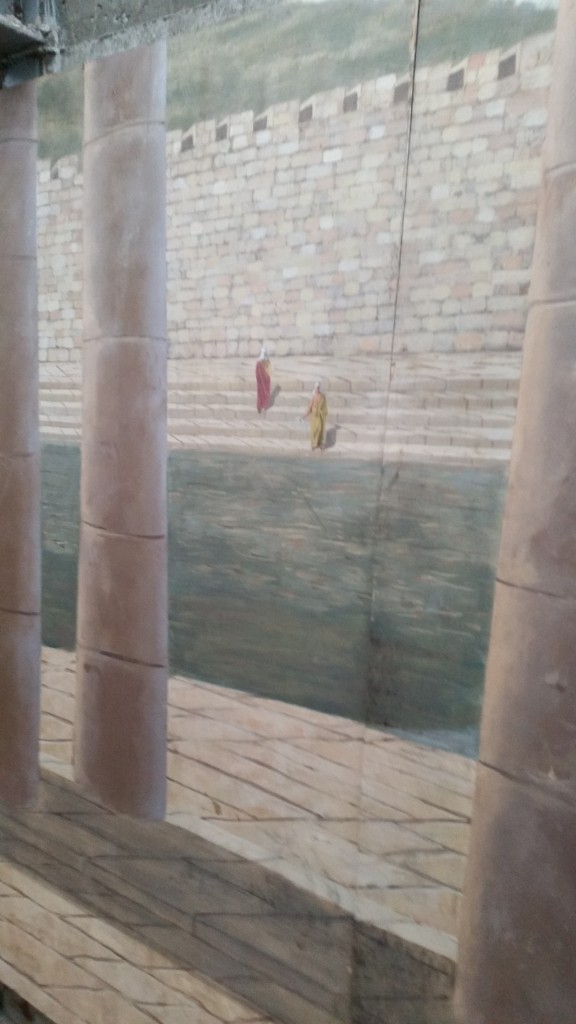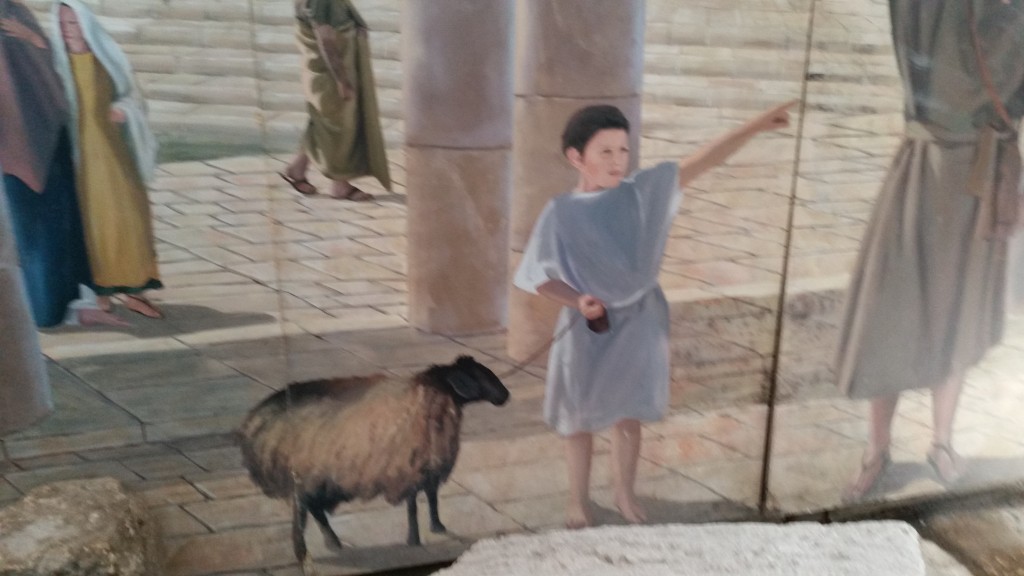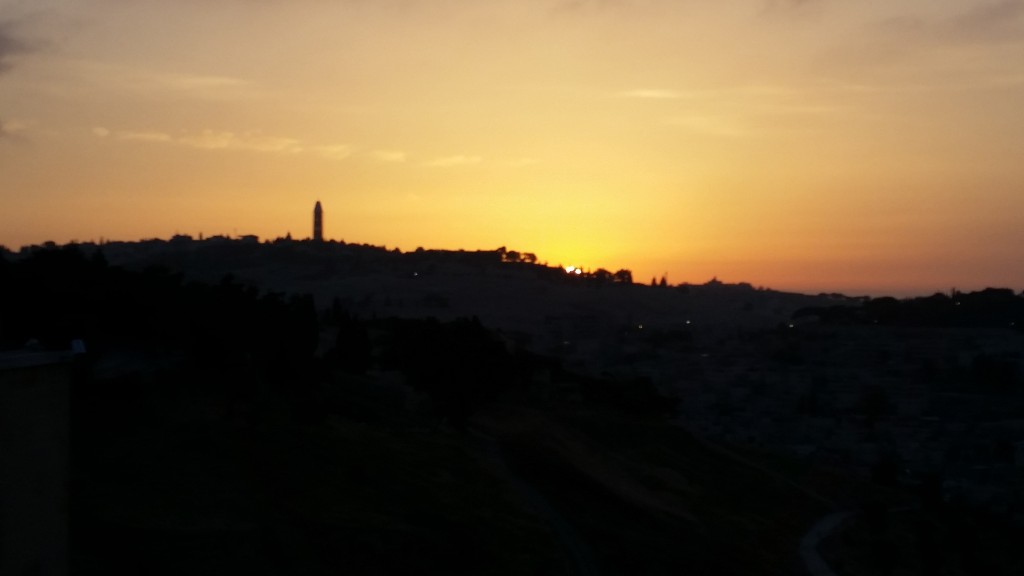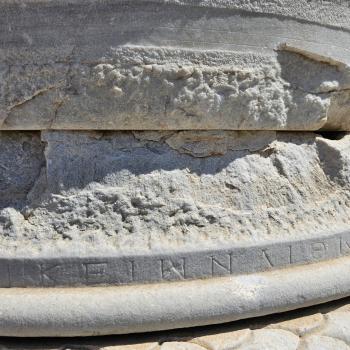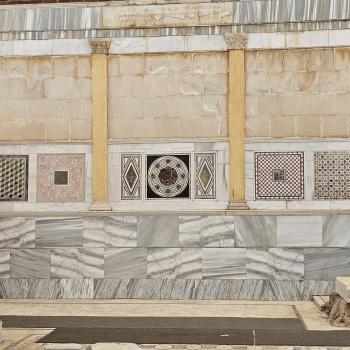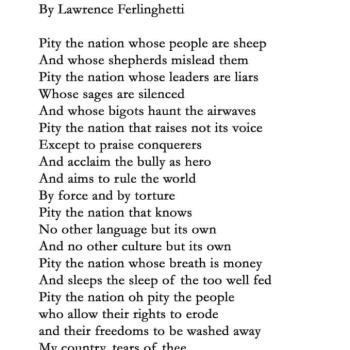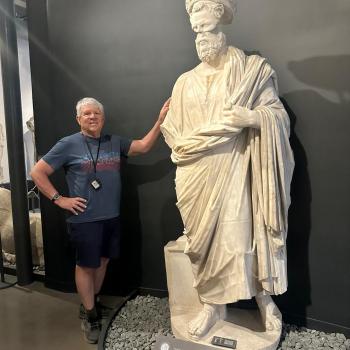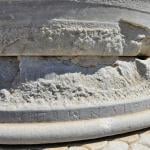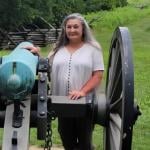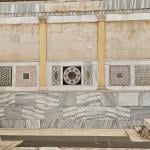The city of David is nicely depicted in the picture above— showing how it is south of the Temple Mount. You can also see in the picture the now famous underground walkway from the pool of Siloam at the bottom of the picture all the way up to the Temple Mount itself. It was once a street above ground as shown in this recreation drawing.
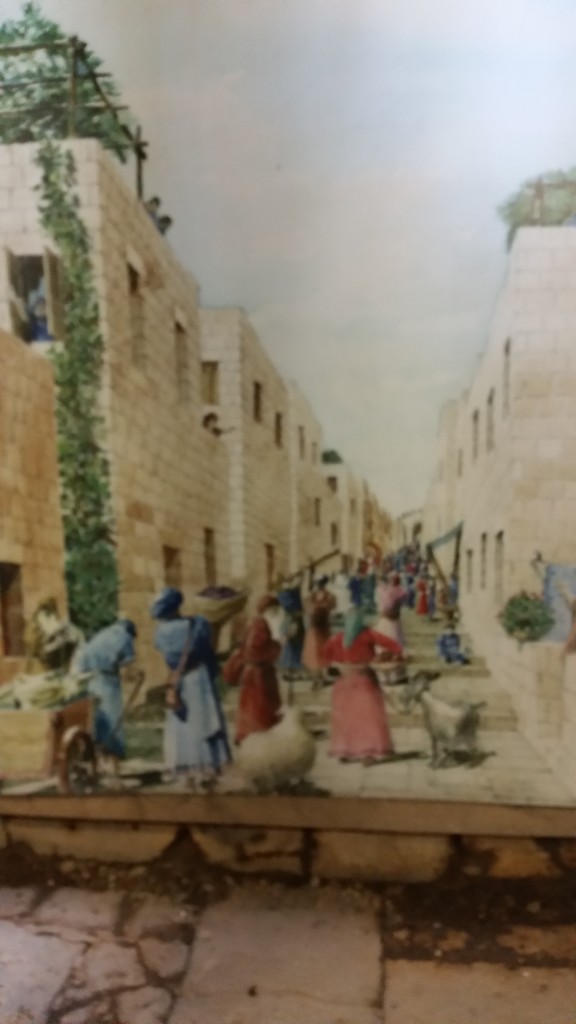
Here’s what it looks like today—
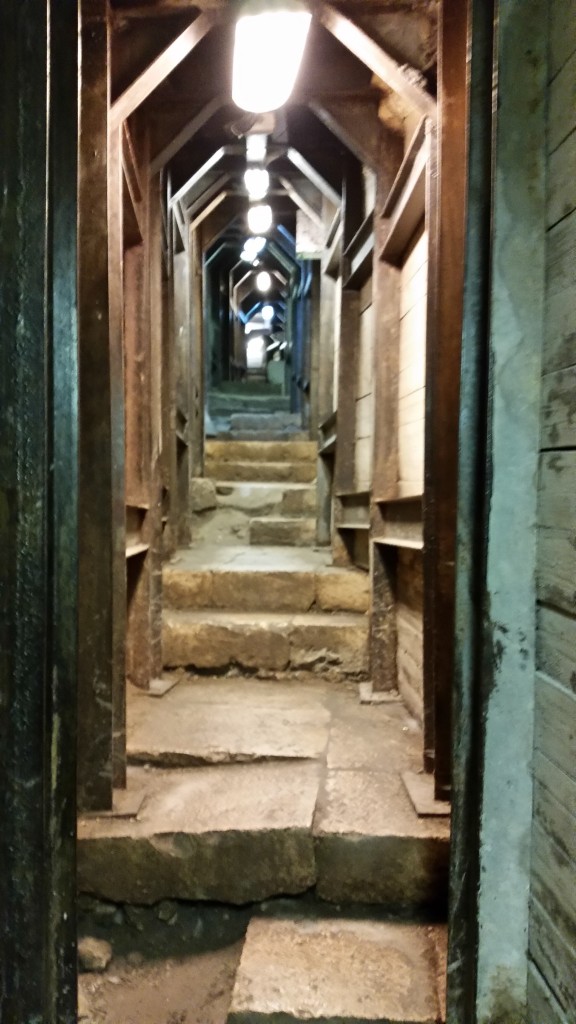
It is that area between the Temple Mount and the bottom of the Kidron valley where it meets the Hinnom valley at and below the Pool of Siloam that we will be exploring in this post, an adventure that consumed our last half day in Jerusalem.
Our first picture is a timely reminder. What is now the privately owned and run City of David Park once was Palestinian land entirely, and one is reminded of this by simply looking across the way as one descends the stairs in the park— and there are the small Palestinian houses of Silwan, on the west slope of the Mt. of Olives….
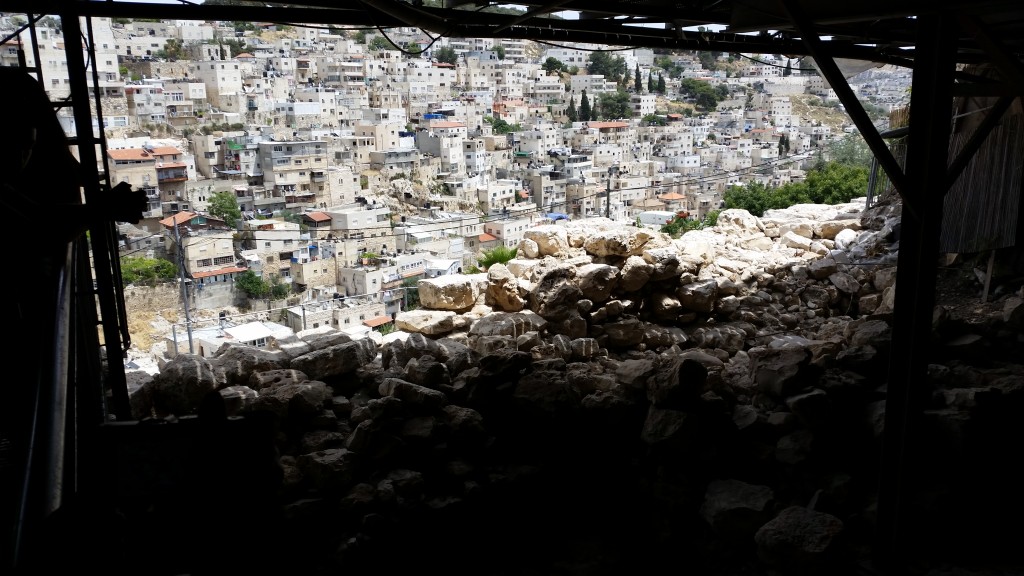
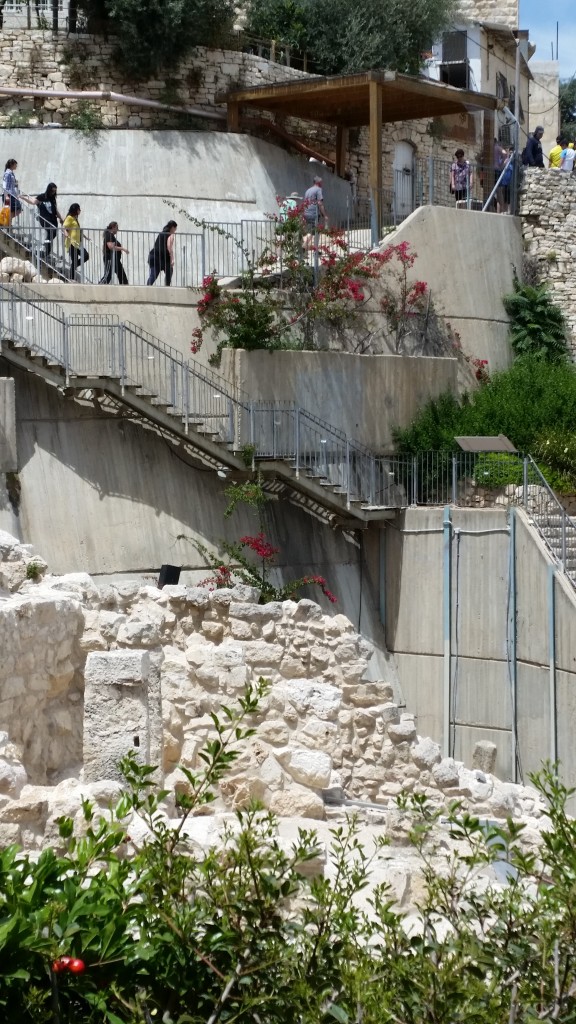
What one first sees is a bunch of shops and partial houses….
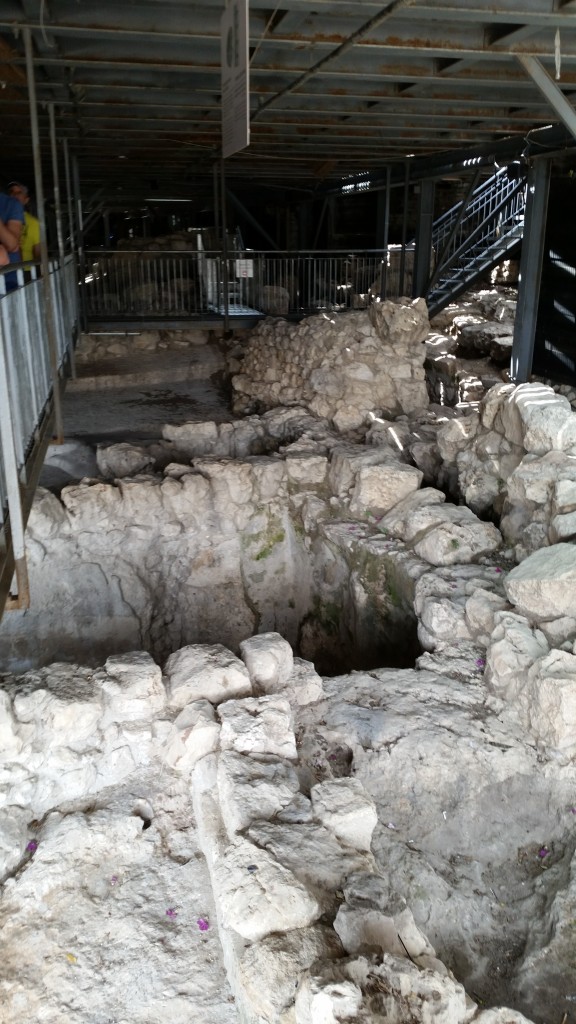

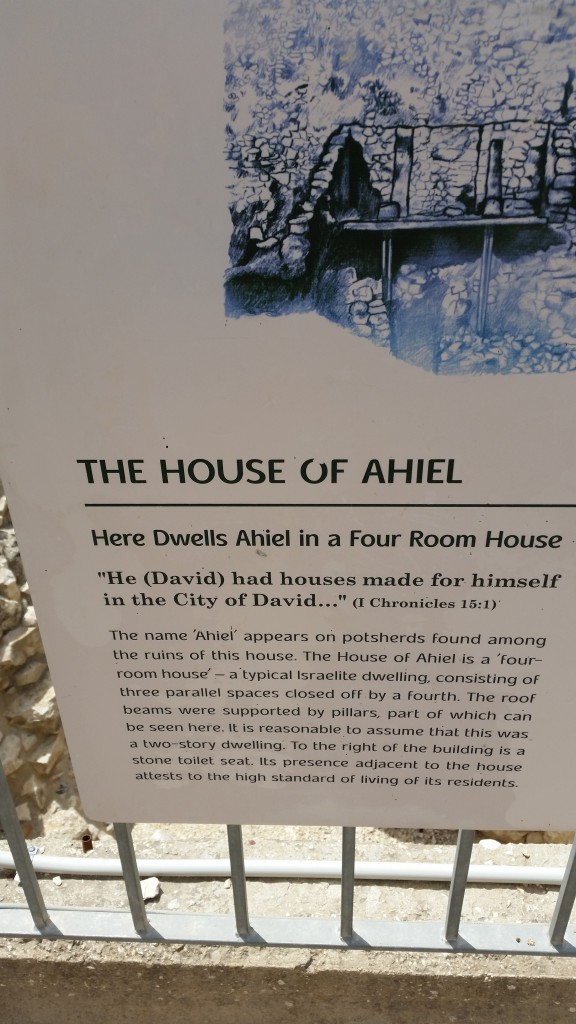
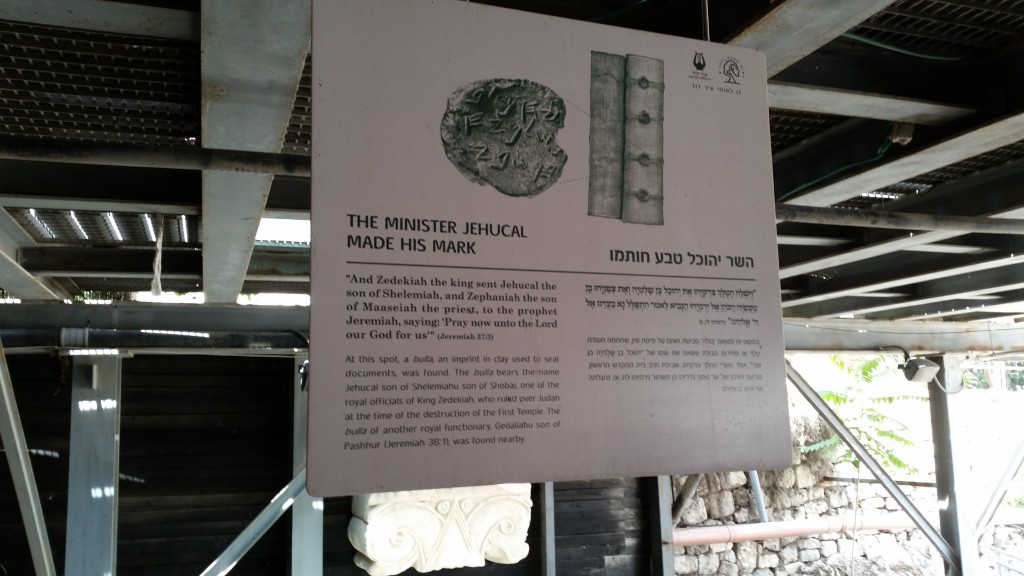
While the remains of what was found in the so-called burnt house can be seen in the burnt house museum, one of the original parts of this dig was this stone wall looking structure on the west side of the dig, abutting the modern street and houses above.
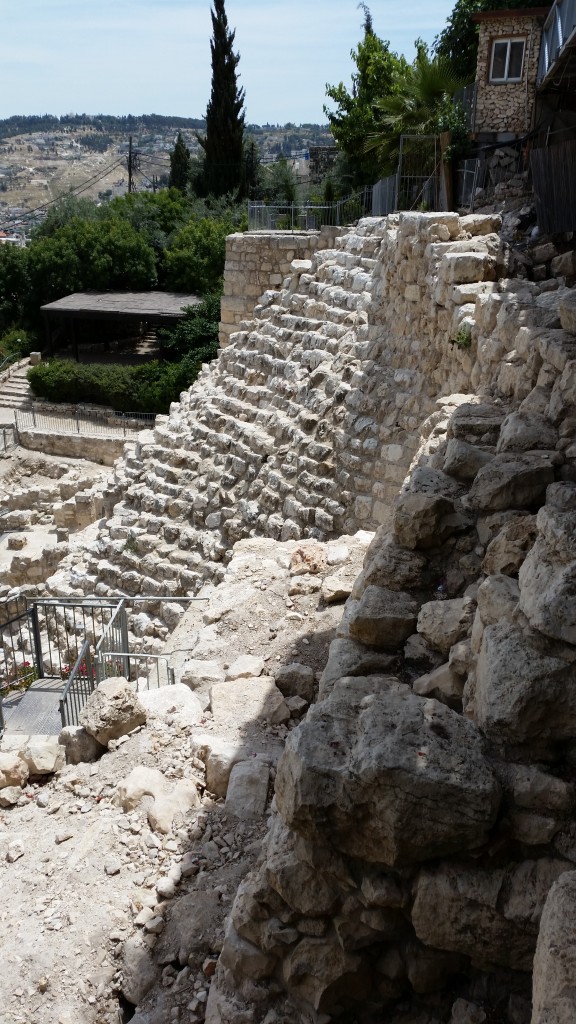
Was this the so-called Milo? What part of the Ophel was one looking at? As it turned out part of this structure was part of the royal palace it appears….
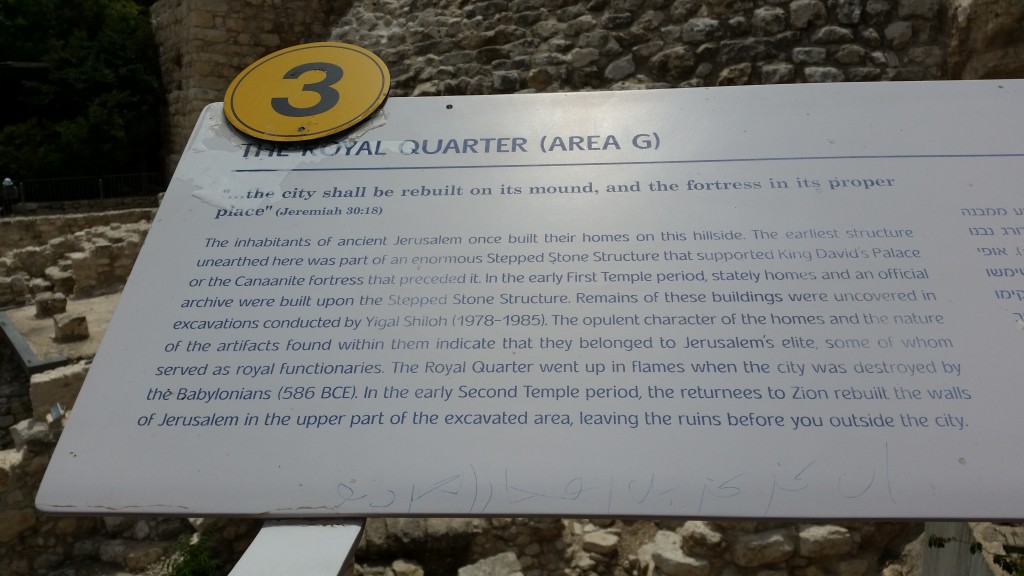
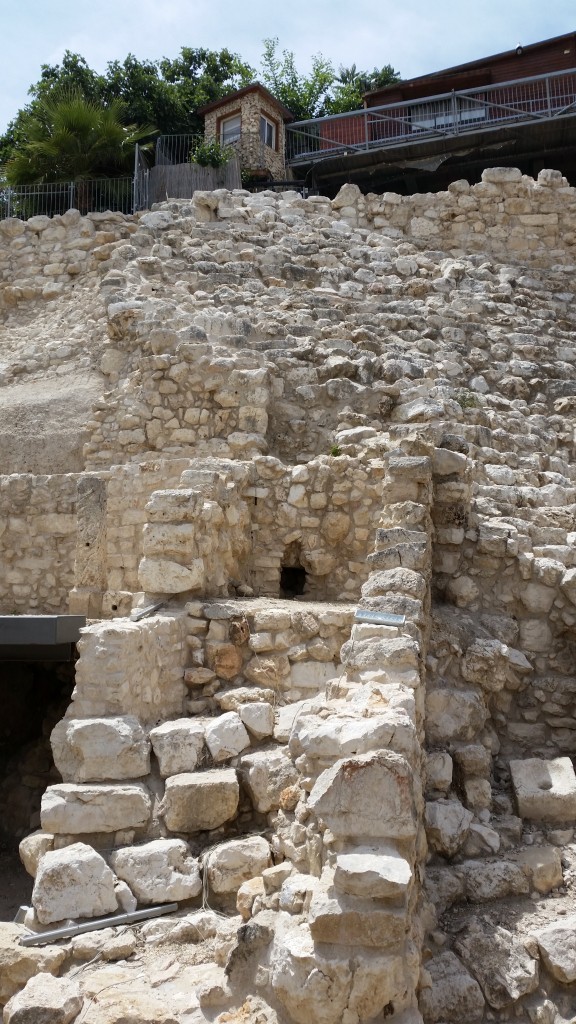
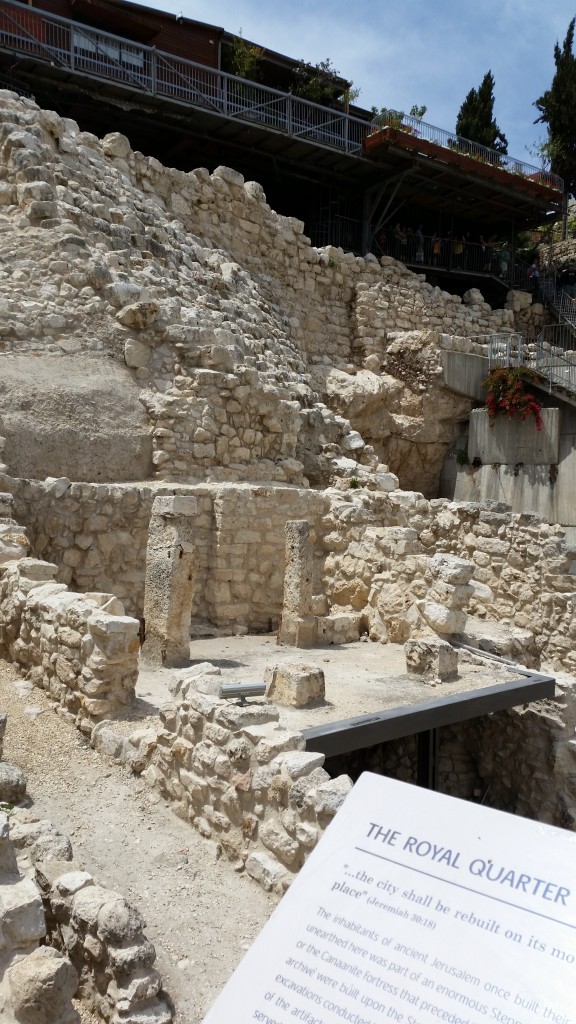 Possibly an ornately decorated royal quarters…
Possibly an ornately decorated royal quarters…
was it from here that David saw Bathsheba?
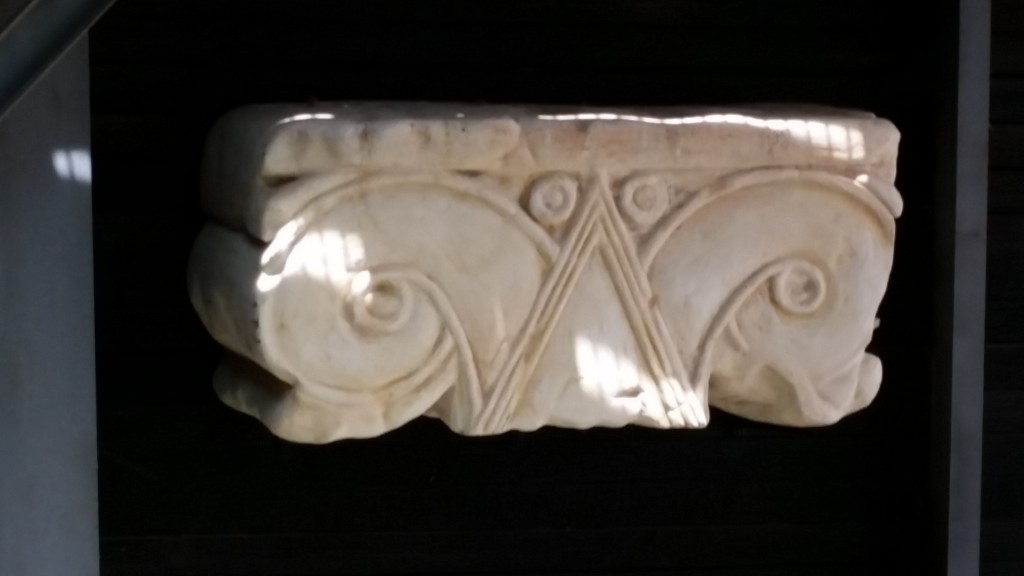
From here we entered the netherworld of the underground water system, first Warren’s shaft, and then Hezekiah’s tunnel leading to the Pool of Siloam, old and new. As at Megiddo, there had to be drilling under the city walls and out to the Pool, so water could be supplied back to the inside of the city, even if under attack.
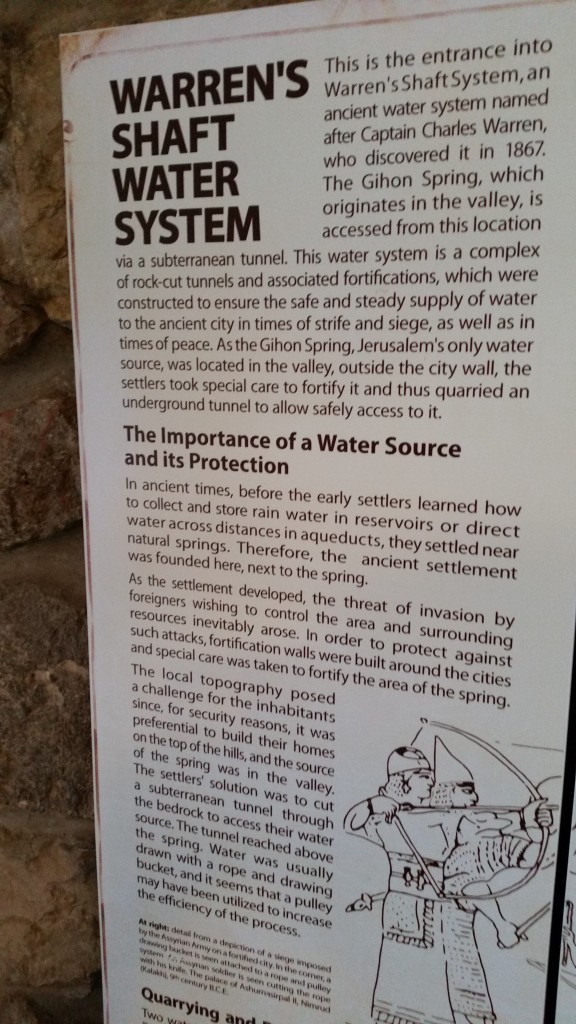
Going through Warren’s Shaft these days is a surreal experience, literally. They use blue lights, and show you a movie in the middle of the cave as you descend down the shaft. We hurried by the one group watching the film mesmerized by the blue light, and got to be the leaders of the pack for going through Hezekiah’s tunnel… it was a good decision. Nobody in front of us, and nobody pushing us.
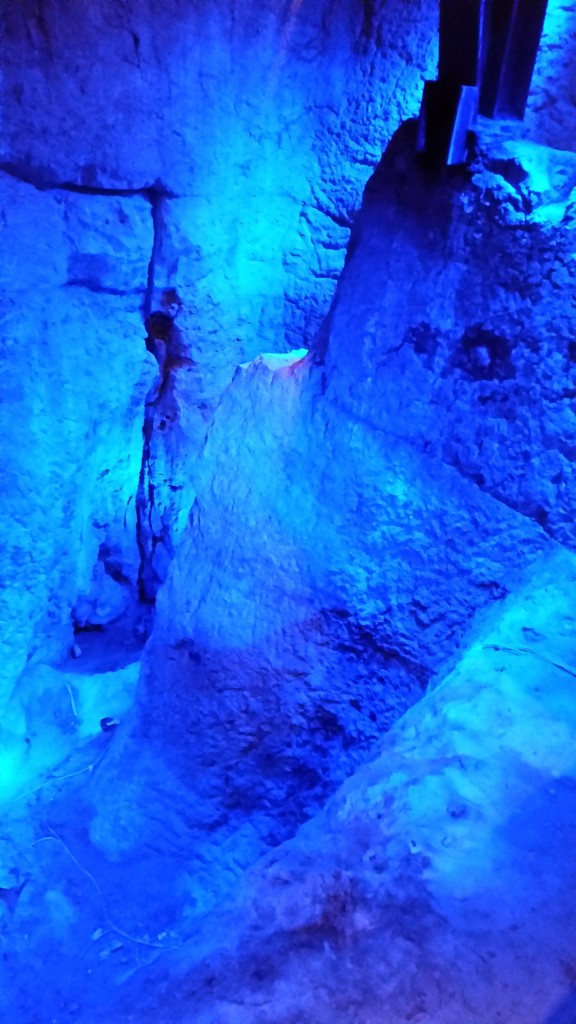
Here’s what the tunnel itself looks like, a marvel of ancient engineering with two groups of worker chiseling away from opposite ends of the spectrum and meeting in the middle. The story is partially told in 2 Kngs. 20.20 and 2 Chron. 32, but there is a famous inscription, now residing in the Istanbul Museum, which we will come to when we get there, telling the tale of the completion of this marvel.
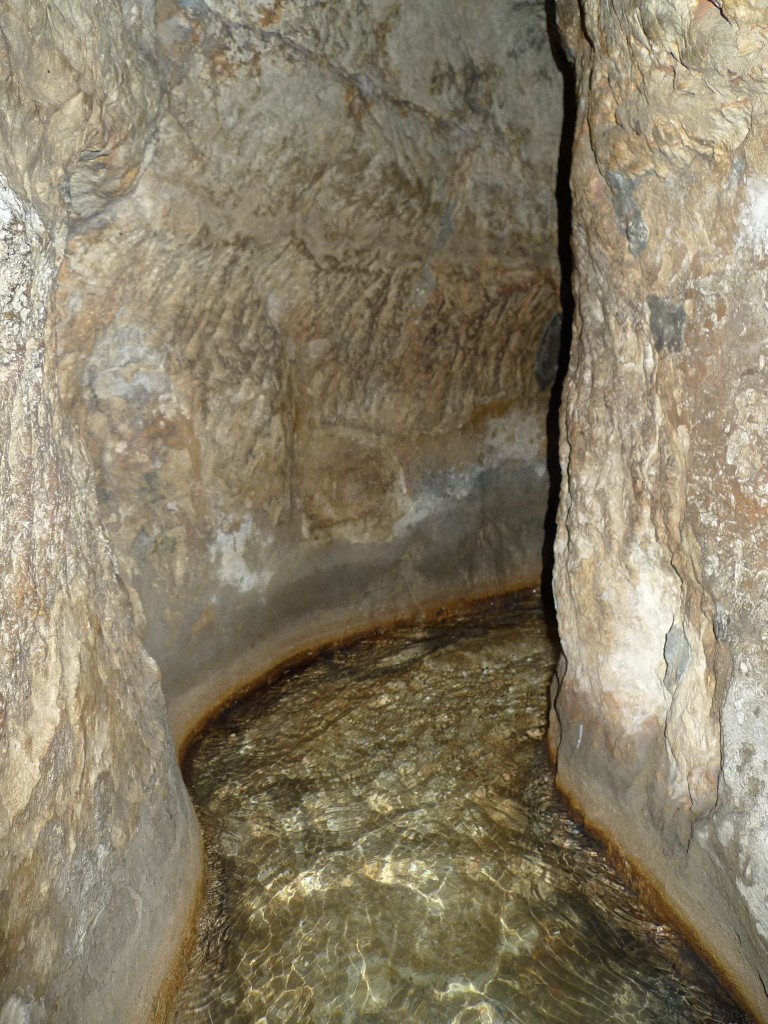
The water can get as high as thigh high, and the ceiling as low as about 5 feet, but its fun to wade through the cool water on down the hill to the pool, but you need a little light. Jewish families do this walk sometimes with candles, singing the songs of Zion in Hebrew. It’s a great experience. And guess who emerged first of our group from the tunnel….
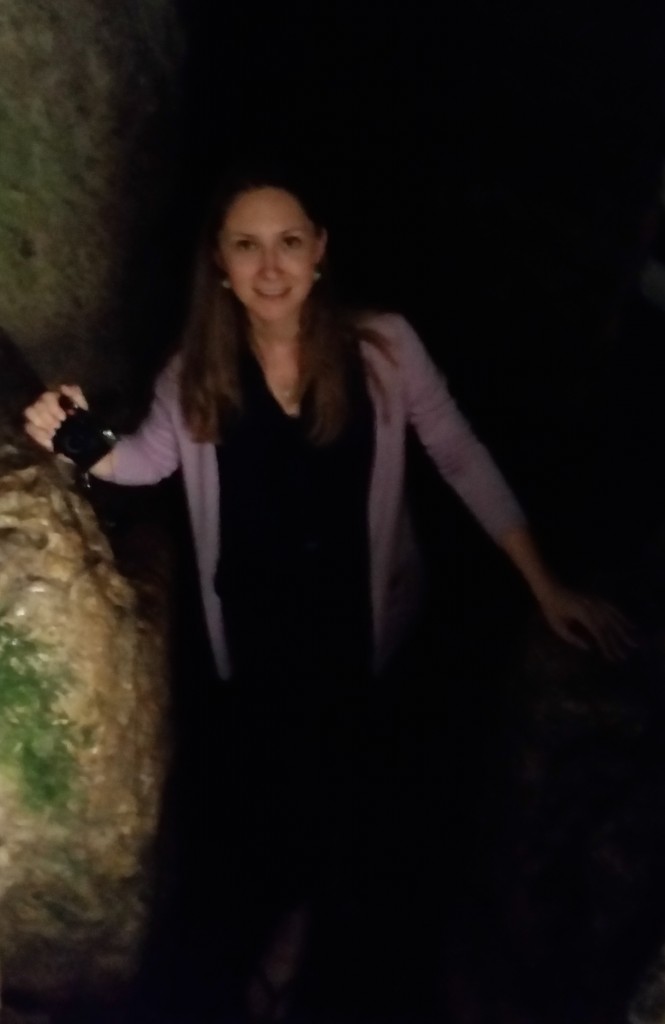
Yep it’s that Yuliya again!
The modern end of the tunnel comes into a pool, which turns out to be above the ancient pool of Siloam, here’s the description…
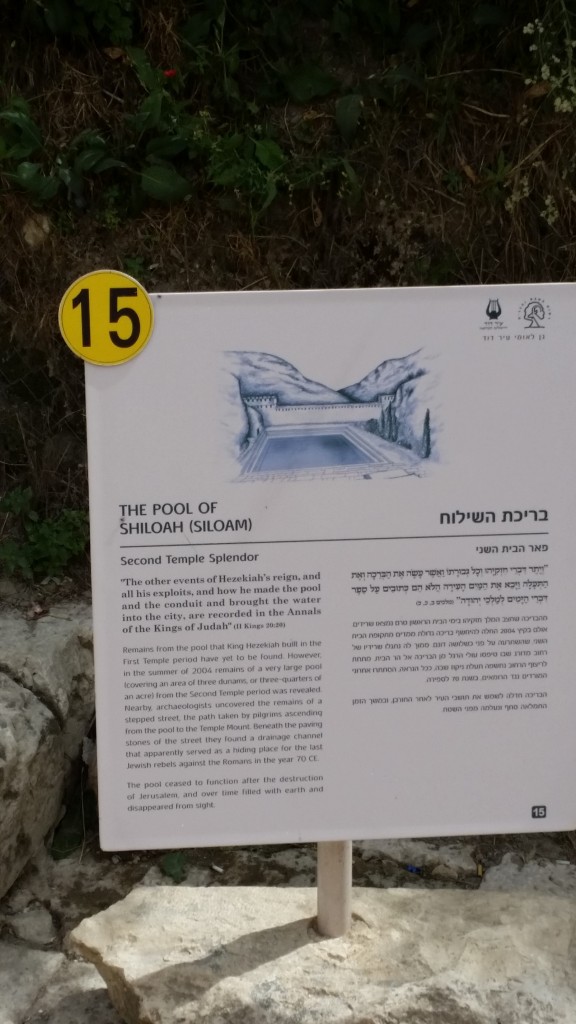
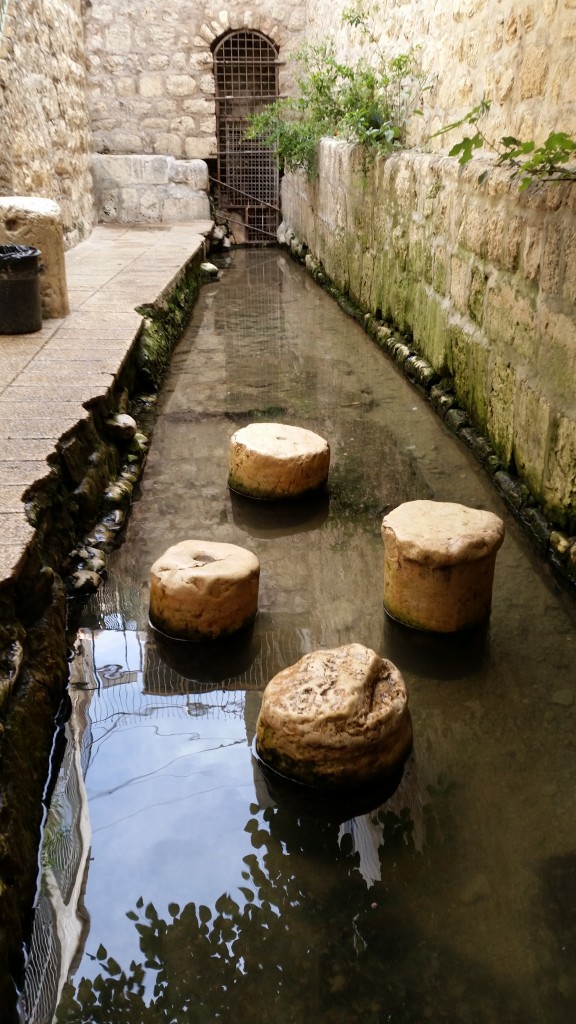
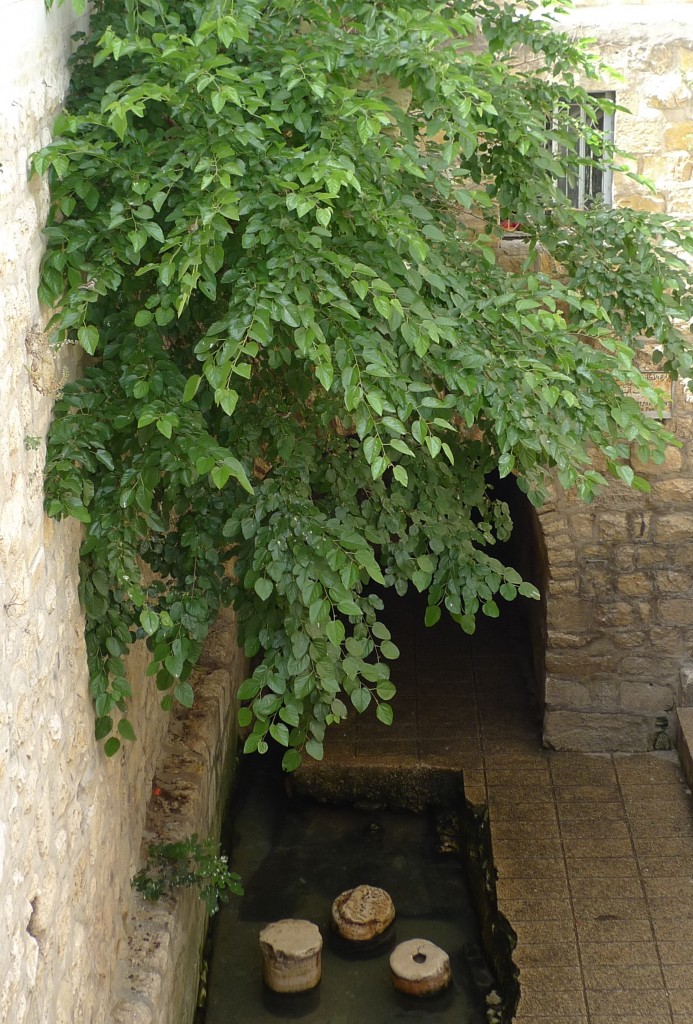
Guess what they were selling at the end of the tunnel— yep T shirts saying ‘I survived Hezekiah’s tunnel’ a must have for me.
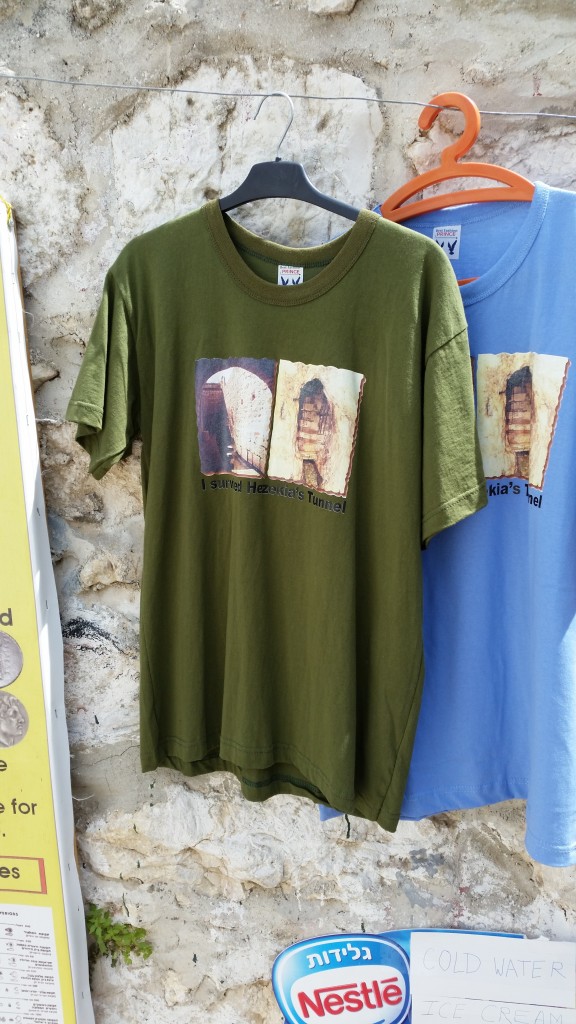
As for the ancient pool of Siloam where the blind man of John 9 went, Ronny Reich supervised the dig for many years, with excellent results. Here are the steps down into the ancient pool, and a beautiful wall mural near the steps leading up to the Temple mount, showing what it would have looked like.
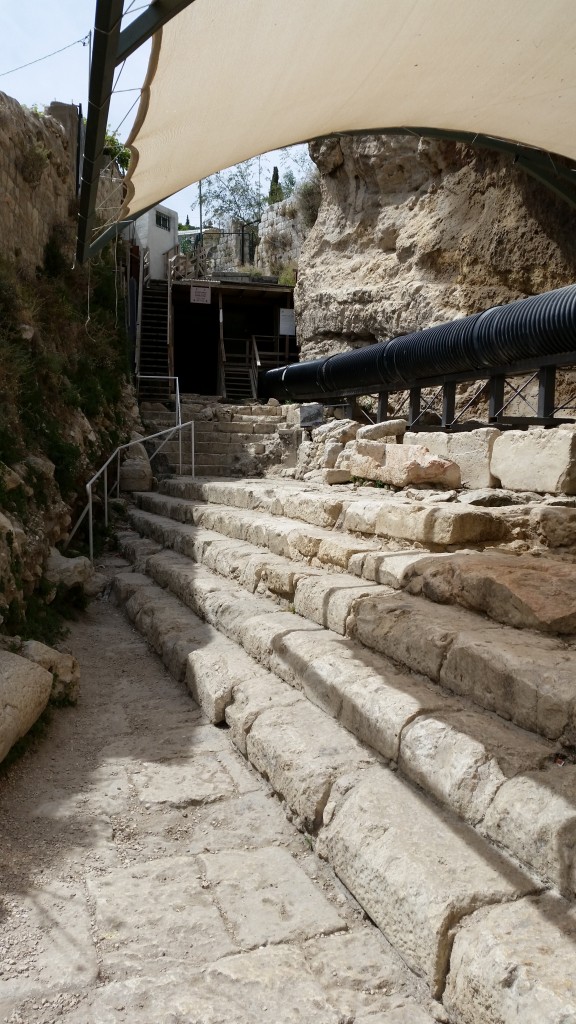
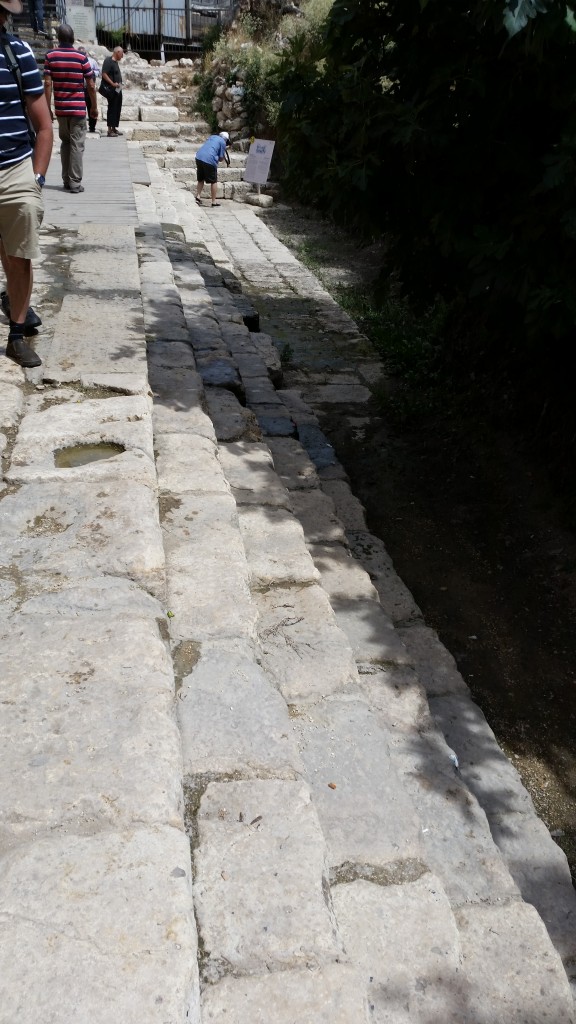
In the mural, the boy is point up to the temple mount, where the lamb would be taken for slaughter.
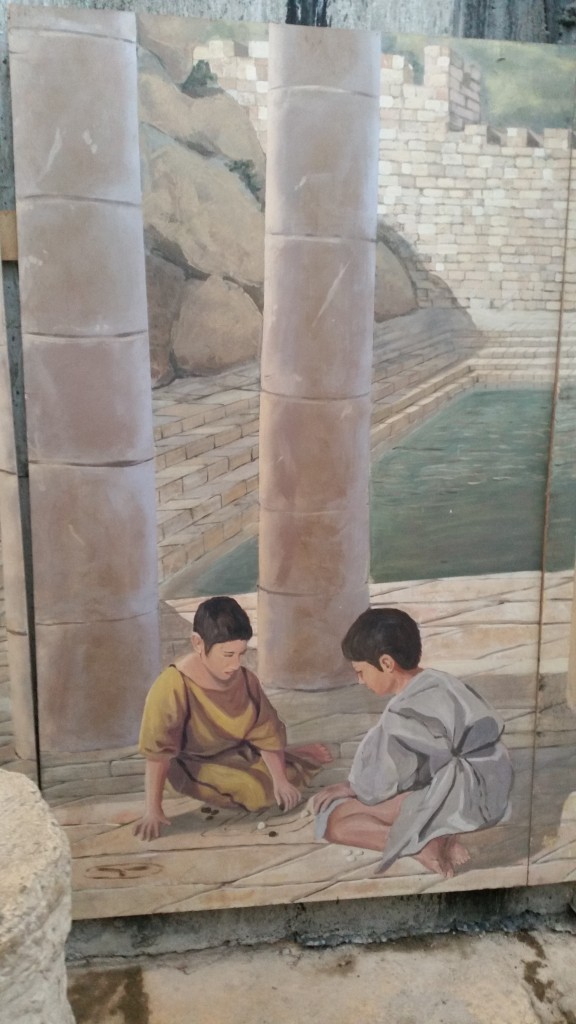
On our last night in Jerusalem, we out and watched the sunset over Zion…
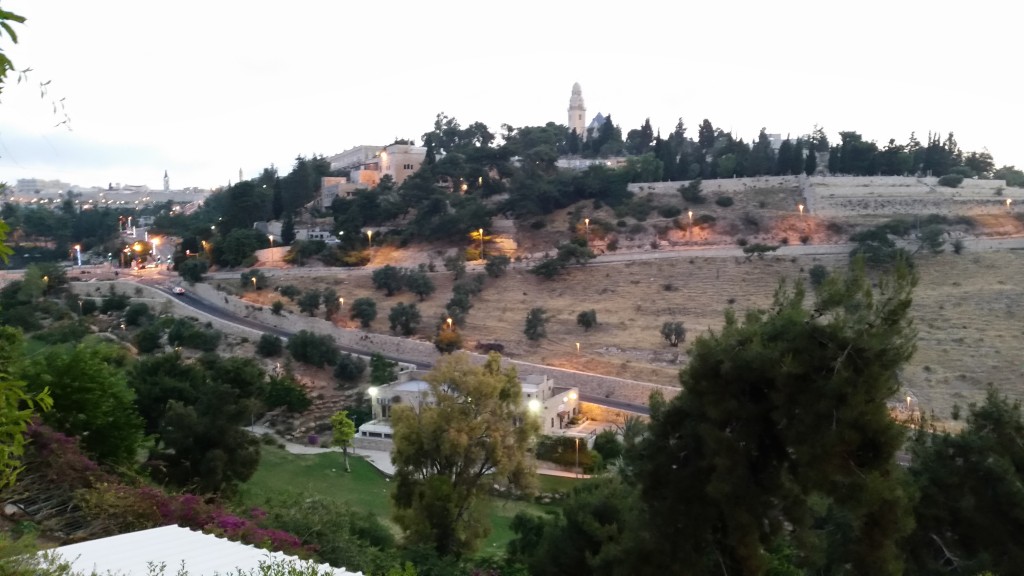
In the morning when we rise, we are going to fly away, like Jesus, only we are going to Turkey. We’re going in through the out door….
